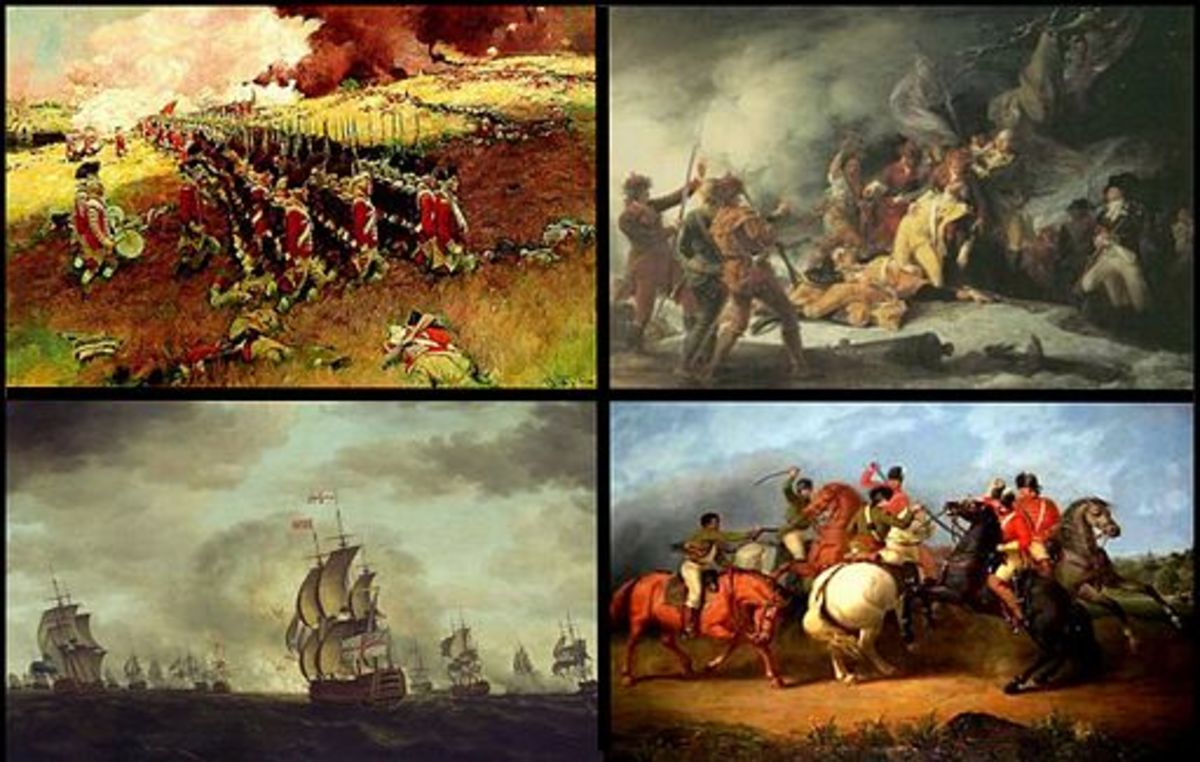- HubPages»
- Education and Science»
- History & Archaeology»
- History of the Americas
Important Dates in U.S. Post Office History: 1945 - Present; Postal Mail Delivery Services
This is part 3 in the "Important Dates in U.S. Post Office History" Series. If you would like to read the first article in the series (covering the time period beginning in early colonial times and progressing through 1869), click here, or the second one, (covering 1870 through World War II), click here.
This installment of this series begins with the year 1945; however, 1950 is the first year that has a significant event in postal history. World War II has just ended, and more major advances will be made in the postal system for it to become what it is today. Let's take a look.

In 1950, the delivery of residential mail was cut from twice a day to once a day. It’s hard to imagine the logistics of the post office being able to get the mail out two times a day, no matter how much smaller the population was.
Mail volume was increasing, and the piggy-back mail service utilizing trailers and/or railroad flatcars was initialized in 1953.
In 1955, the postal service initiates their Certified Mail service. The Certified Mail service provides the sender with proof that an item was mailed or sent.
In 1957, the Citizen’s Stamp Advisory committee was set up to evaluate potential subjects for use on U.S. postage stamps. Their job is to portray American history to the entire world by issuing stamps and postal stationary that showed people and places of historical significance in the United States.

Missile Mail
Missile mailwas tested in 1959 when the USS Barbaro Navy submarine launched a missile containing 3,000 letters from Virginia to Florida (100 miles). The mail arrived safely 22 minutes later. Postmaster General Arthur E. Summerfield, witnessing the event, remarked, “Before man reaches the moon, mail will be delivered within hours from New York to California, to Britain, to India or Australia by guided missiles.” Although considered a success, nothing more has been done to advance this idea.
The first FAX (facsimile mail) is sent via a facsimile terminal in 1960.
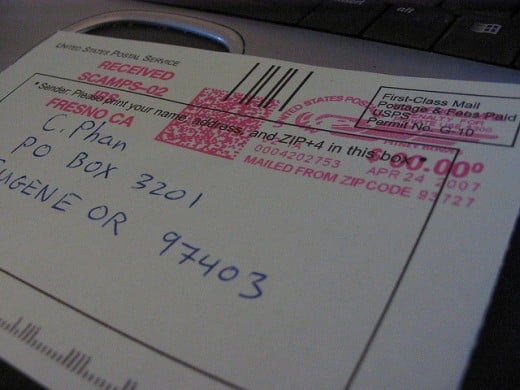
5 Digit Zip Codes Assigned
By July of 1963, every address throughout the United States was assigned a 5-digit zip code. The first digit of a zip code defines a geographical area of the U.S. The next two digits are used to identify population concentrations and the centers that serve them. The final two digits indicate small post offices or postal zones in larger cities.
In 1964, self-service kiosks, also called automated postal centers, are put in place to allow postal patrons to purchase stamps and postal products, just like ATM’s help customers to self-serve themselves at the bank.
In 1965, a optical scanner was tested for the first time by the U.S. post office to read Zip codes.
After 55 years, the postal savings system that began in 1911 was terminated in 1966.
In 1968, priority mail service, a subclass of First-Class Mail, was initiated.
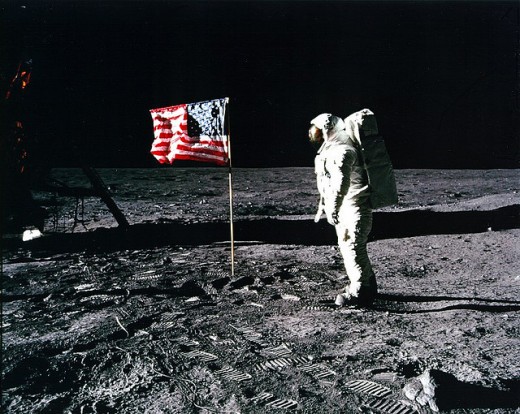
Canceled on the Moon
A postage stamp die proof was canceled by the Apollo 11 mission team on the moon in 1969.
The Postal Reorganization Act of 1970 dissolved the U.S. Post Office Department and created the United States Postal Service. The act also removed the postmaster general from the presidential cabinet of which they had been a part since 1829.
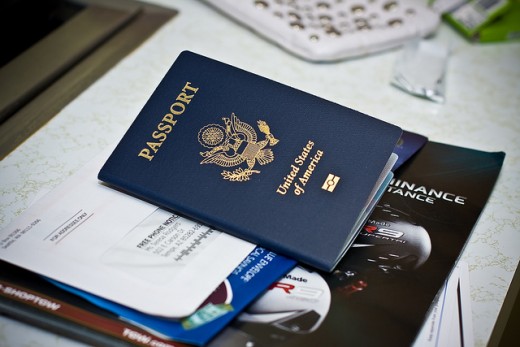
First Female Law Enforcement Agent
In 1971, the United States Postal Inspection Service became distinguished as being one of the first federal law enforcement agencies to hire female agents.
In 1972, stamps became available for purchase by mail, and passport applications were being accepted at post offices.
In 1977, airmail was no longer considered as a different or separate postage rate category. Also, in 1977, the railroad was used for the last time by the post office on June 30th of that year.
Postage stamps are copyrighted for the first time in 1978.
In 1980, new standards are established requiring all envelopes and all postcards to be at least 3 1/2" high and 5" long. If these standards are not met, the piece would not be processed.
After successful testing that was initiated in 1965, processes in the post office are finally automated with the installation of optical character readers in 1982.
In 1983, the U.S. Postal Service began using the expanded ZIPcode system, also called ZIP+4 (ZIP plus four).
First Female Deputy Postmaster General
Jackie Strange became the first female Deputy Postmaster General in U.S. postal history in 1985.
In 1987, stamps became available for purchase by phone.
Televangelist Jim Bakker was arrested by Postal Inspectors in 1989. He was sentenced to 45 years in prison when they were able to prove that Bakker committed mail fraud by scamming believers out of $178 million used for his personal gain.
The Easy Stamp system was initialized in 1990. This system allowed a person to purchase stamps through their computers, by adding them while printing the documents, or for printing on labels to be attached to letters and parcels.

A worldwide art fraud ring that was marketing faked paintings (by artists such as Dali and Picasso) was broken up by the Postal Inspection Service in 1991.
In 1992, the United States Post Office went through a reorganization. This reorganization replaced regions, divisions and management sectional centers with area and district offices for customer service and mail processing.
In 1998, Postal Inspectors played an essential role in the arrest of the Unabomber.
The Postal Inspection Service takes part in “Operation Avalanche” in 2001, a strike that resulted in the arrest of 100 child molesters and pornographers who had used the mail service and Internet to sexually exploit children.
The Postal Inspection Service is awarded the Justice Department’s Internet Safety Award for their 2 SMRT 4U campaign in 2006.
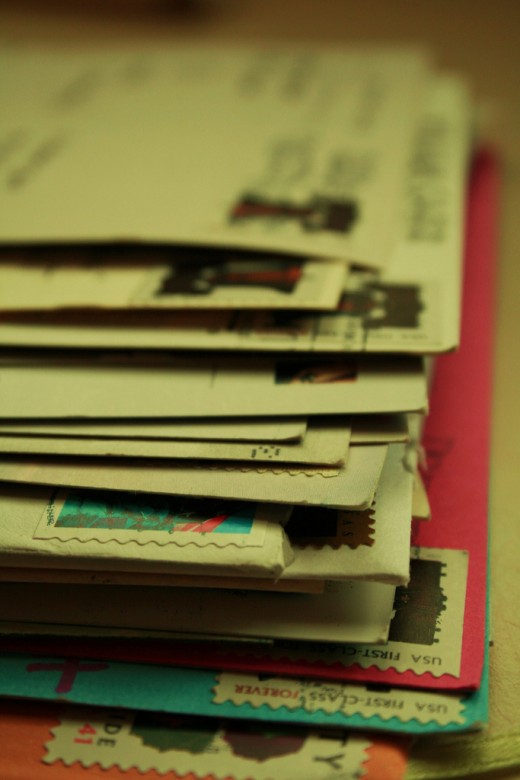
Anthrax in the Mail!
In 2008, four letters, whose contents included anthrax and resulted in the deaths of two postal employees and three citizens, were sent through the mail. This was the first time in U.S. history that biological warfare agents were sent through the mail. A suspect was identified, but the suspect committed suicide before charges could be brought against them.
This takes us to the present and completes our historical timeline quest. I will end with a statement that is sometimes considered to be the motto of the United States Postal Service:
"Neither snow nor rain nor heat nor gloom of night stays these couriers from the swift completion of their appointed rounds."
If you would like to read the first article in the series (covering the time period beginning in early colonial times and progressing through 1869), click here, or the second one, (covering 1870 through World War II), click here.
Additional Postal Sites:
© 2011 Cindy Murdoch

